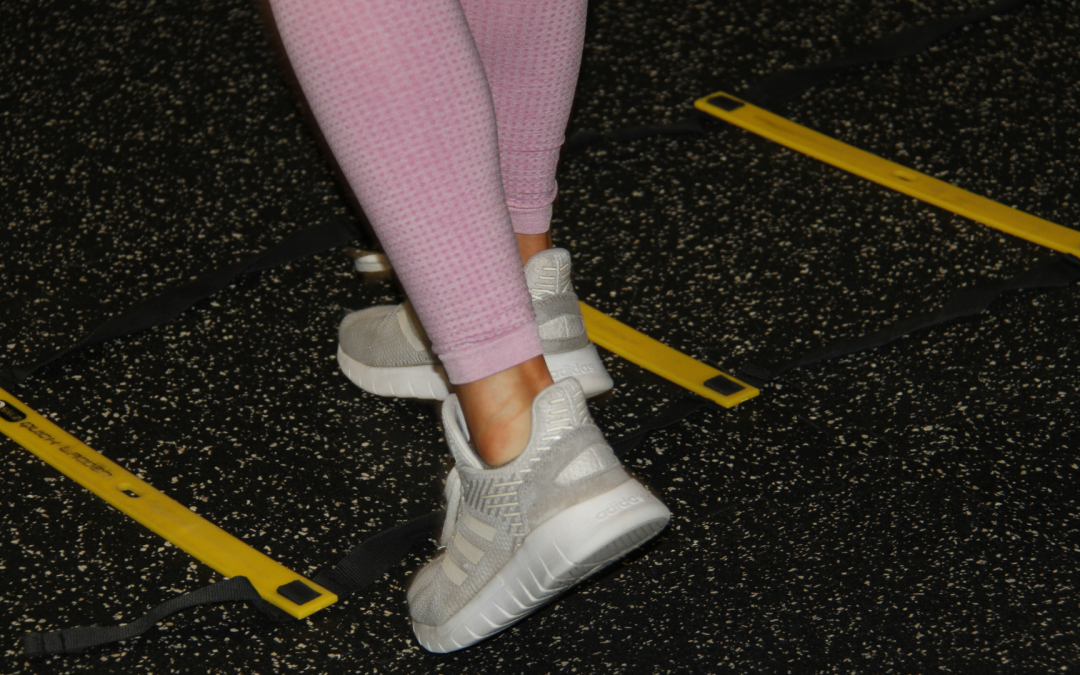What type of cardio is best? Is it long steady state cardio or high intensity interval based cardio? You may have heard that low intensity exercise burns more fat and high intensity exercise uses more carbohydrates? If you are looking to burn fat then should you be doing long slow cardio workouts? The type of cardio you do will depend on your goals.
The science behind more fat burn during lower intensity cardio is based on substrate utilization. Our bodies are designed to use carbohydrates, fat and protein all as fuel. At rest, when walking or doing low intensity cardio our bodies main source of energy is coming from fat use. This is simply because our body has enough oxygen available to breakdown fat into energy. This is also known as aerobic metabolism.
It is also important to remember we are never utilizing only one source of fuel. We never burn solely just fat. Our body is always breaking down fat, carbohydrate and protein for energy just in different percentages based on exercise intensity.
What happens when you increase the intensity of a workout and do a high intensity interval workout? Well, carbohydrate is the main source of fuel because it can be converted to energy quicker than fat can. This happens when we lack oxygen and it can also be known as anaerobic metabolism.
We know that at low intensities fat is easily converted to energy while at high intensities carbohydrate is more easily converted to energy. Does this mean that if you have a weight loss goal or body fat goal you should do low intensity cardio?
Let’s do the math. Remember that we are still utilizing fat and carbohydrate during low and high intensity exercise.
Example 1.
One hour walk – You burn 200 calories. 67% of those calories are fat and 33% are carbohydrate. You will burn 134 calories of fat.
Example 2.
One hour high intensity cycling class – You burn 400 calories. 60% of those calories are from carbohydrates and 40% are from fat. That is 160 calories of fat burned.
- percentages came from a study on how much carbohydrate and fat are used during high and low intensities.
What the math tells us is even if we do high intensity exercise our main fuel source may be carbohydrate but we will still burn more fat and double the calories overall. As well, the low intensity cardio will not strengthen your heart to the same extent as interval workouts. If you want to get the most for your time, increase the intensity and once in a while do a long walk, bike or run. If you have a lot of time on your hands and can spend sixty to ninety minutes on cardio alone then that will work great for you as well.
For most, incorporating two to three days of high intensity cardio with three days of strength training will work wonders. Find your perfect balance.


Recent Comments